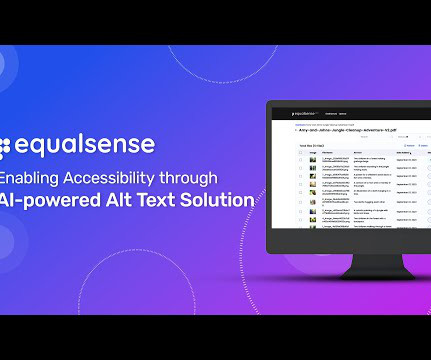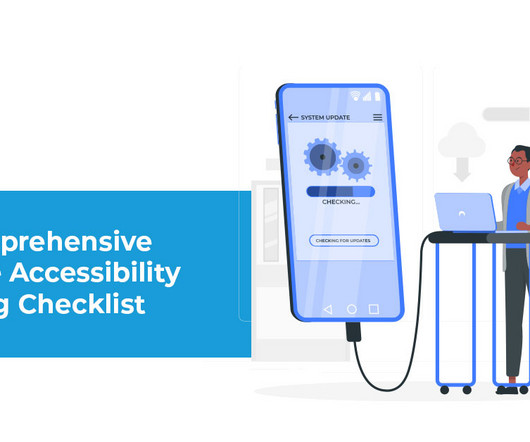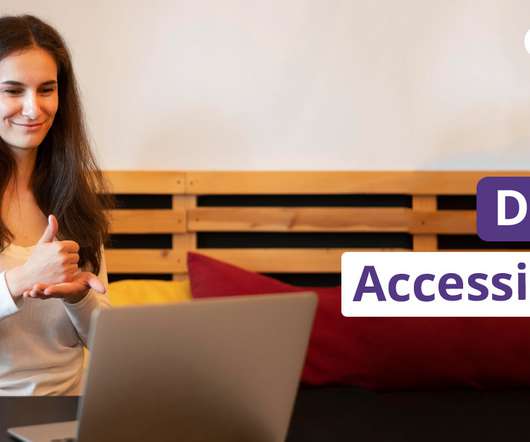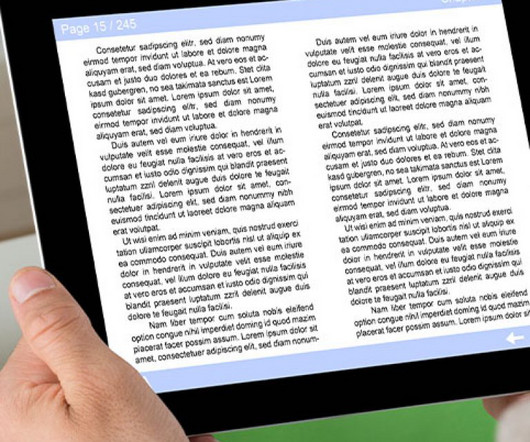A Comprehensive Mobile Accessibility Testing Checklist
Hurix Digital
MARCH 3, 2024
In 2022, over 60% of the global internet population used smartphones to connect to the web. With mobile technology (AI and ML) being more affordable and available than ever, smartphones have evolved into important information, communication, and entertainment tools. As per a CDC report, up to 1 in 4 (27%) adults in the U.S.
















Let's personalize your content